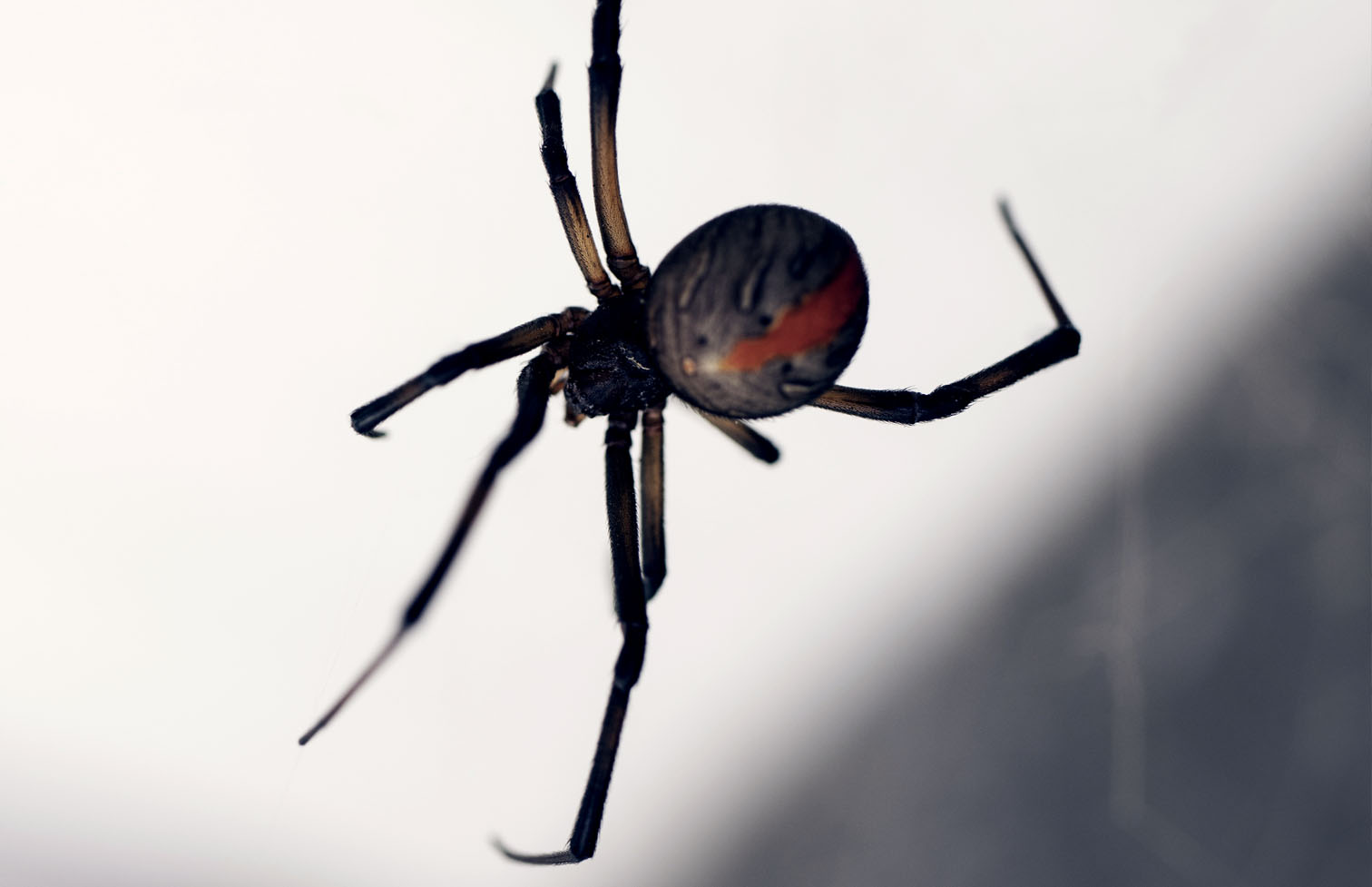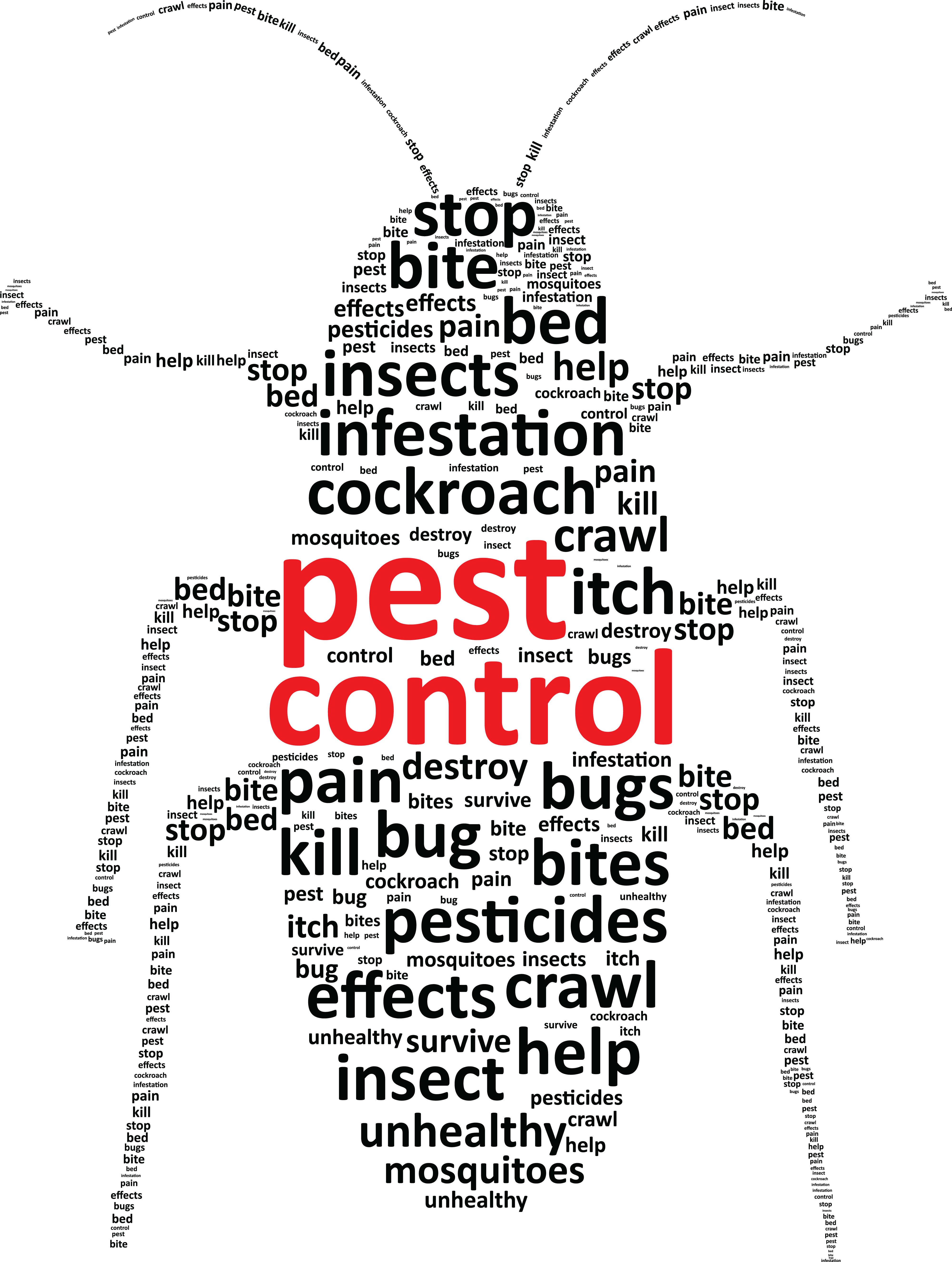
Spiders
Spotting signs of a spider infestation? Feeling fearful of spiders in your home? Leave it to us to take care of the problem and remove any threatening species.
Spider facts
- There are 2 distinct types of spiders: web-building and running.
- Web-building spiders construct silky webs to capture prey.
- Running spiders do not form webs. They use their speed and agility to capture prey.
- Spiders perform an important ecological function by keeping insect populations under control.
- They are most active when searching for a mate.
- In the home, they may be found in dark nooks and crannies, sheds, garages, ceilings, eaves, gutters and in other hidden spaces where there is moisture and food available.
Treatments
Our safe and eco-friendly spider control methods include:
- Internal and external sprays
- Web clearing treatments
- Dusting to the roof void, sub floor, cracks and crevices
Characteristics of common household spiders:
Funnel Web
The funnel web is a large spider with a glossy black head and a plump dark brown to black abdomen. Its body and legs are covered in fine hairs. It cannot jump, but rears up when threatened. Females are rarely seen, as they usually remain confined to their burrows, which are in moist areas and lined with silk. Males will most often be seen in summer when they emerge in search of females. The bite of a funnel web is highly toxic and if bitten, you must seek emergency medical treatment.
Redback Spider
The female redback spider has a bright red stripe on the top of its black, pea-shaped abdomen. The male is much smaller than the female, with more complex markings in cream, white, red and orange. Redback spiders hide in a thick web, which is often littered with debris and they make their home beneath outdoor furniture and pot plants, bin handles and underneath houses. If bitten, seek medical attention immediately.
White-tailed Spider
The white-tailed spider is a slender spider with dark orange-banded legs and a white tip at the end of the abdomen. It is a wandering hunter and may be seen crawling across walls and ceilings or be found in objects left on the floor, such as clothing. It feeds on other spiders and is most active at night.
Wolf Spider
With a pale, central band running down the top of its body, wolf spiders are extremely fast nocturnal hunters with large, reflective eyes. They are usually seen on the ground, as they are not capable of climbing smooth surfaces.
Huntsman Spider
Huntsman spiders are large, timid spiders found under eaves, in roof spaces and sometimes on walls in homes. They are brown and flat and covered in a thick layer of fine hairs. Huntsman spiders are extremely fast and are capable of climbing smooth surfaces, including glass.
Black House Spider
The black house spider tends to build its web in the corners of windows and in the hollows of bricks. It is dark, stocky and timid.
Brown House Spider
The brown house spider is dark brown and shiny with thin legs. The females remain in tangled looking webs built in sheltered corners of a house and the males wander at night in search of females.
Daddy Long Legs
The daddy long legs is a common spider in homes. It is fragile-looking with long, slender legs. It forms a fine, flimsy web.
Garden Orb Weaving Spider
The web of a garden orb weaving spider can span up to 3 metres! These spiders hide in foliage during the day and build their webs at night. They are stocky and covered in coarse hairs and they often display a pattern of two converging wavy lines running along the abdomen.
Saint Andrew’s Cross Spider
The Saint Andrew’s cross spider forms a cross-like shape in the centre of its web. Its body features yellow, white and black/brown horizontal stripes. Males are smaller and darker than females. These spiders sit at the centre of their webs all day and night.
Have any questions? Call us now!
Request
a Call Back
Call us to request a quote or for more information

